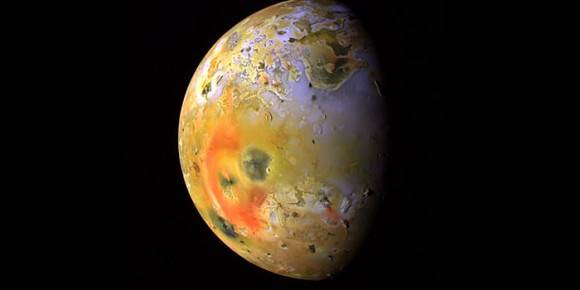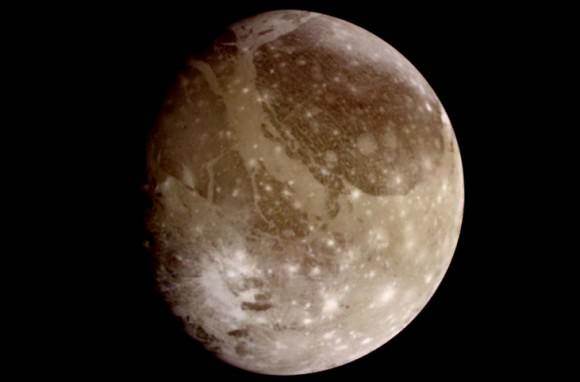There are four Giant Moons of
Jupiter those are called the ‘Galilean Moons’ and the names are IO, Europa, Ganymede, Callisto.

Discovery of Galilean Moons
The Moon of Jupiter which is also known as the Galilean Moons and individually it is known as the Galileans have
taken their names from the great astronomer Galileo Galilee of Italy. He discovered them in 1610 between 7 to 13 January.
He described these Galileans at his time as the ‘Three fixed Stars’ which are not visible due to their smallness using his
own made ‘Telescope’ now it has been repaired and stored in the Museum. All three of these space objects are
very close to Jupiter and are aligned in a straight line.
The research of Galileo told that their position is changing as far as the concern with the
behavior of stars which was an inexplicable statement.
Galileo was in an illustration of it and hence he again researched it and on 10 January
he noticed that one of them had disappeared and the reason behind this was that a particular
object was hidden behind Jupiter. And after a few days of completing his observation,
he told that actually they are not stars and they are orbiting Jupiter and hence
they are in fact Moons of Jupiter. And by the 13 January, he had discovered a fourth Moon and named them as Medicean stars.
Facts of the Galileans
IO
Distance from the Jupiter is 422,000 Km.
The radius of the IO is 1821.6 Km.
The orbital period is 1.769 earth Days.
Density is 3528.

Europa
Distance from Jupiter is 671,000 Km
Mean radius is 1560.8Km
The orbital period is 3.551 earth days.
The density of the Mon is 3.013.
Ganymede
The distance from Jupiter is 1,070’000 Km.
The mean radius is 2631 Km.
The orbital period is 7.155 earth days.
The density is 1.942.

Callisto
The distance from Jupiter is 1,883,000 Km.
Mean radius is 2410 Km.
Orbital period is 16.68 earth days
The Density is 1.834 Km.